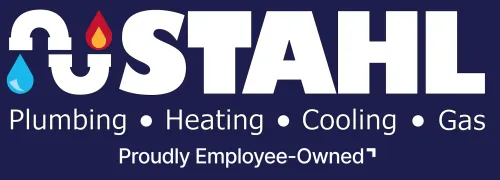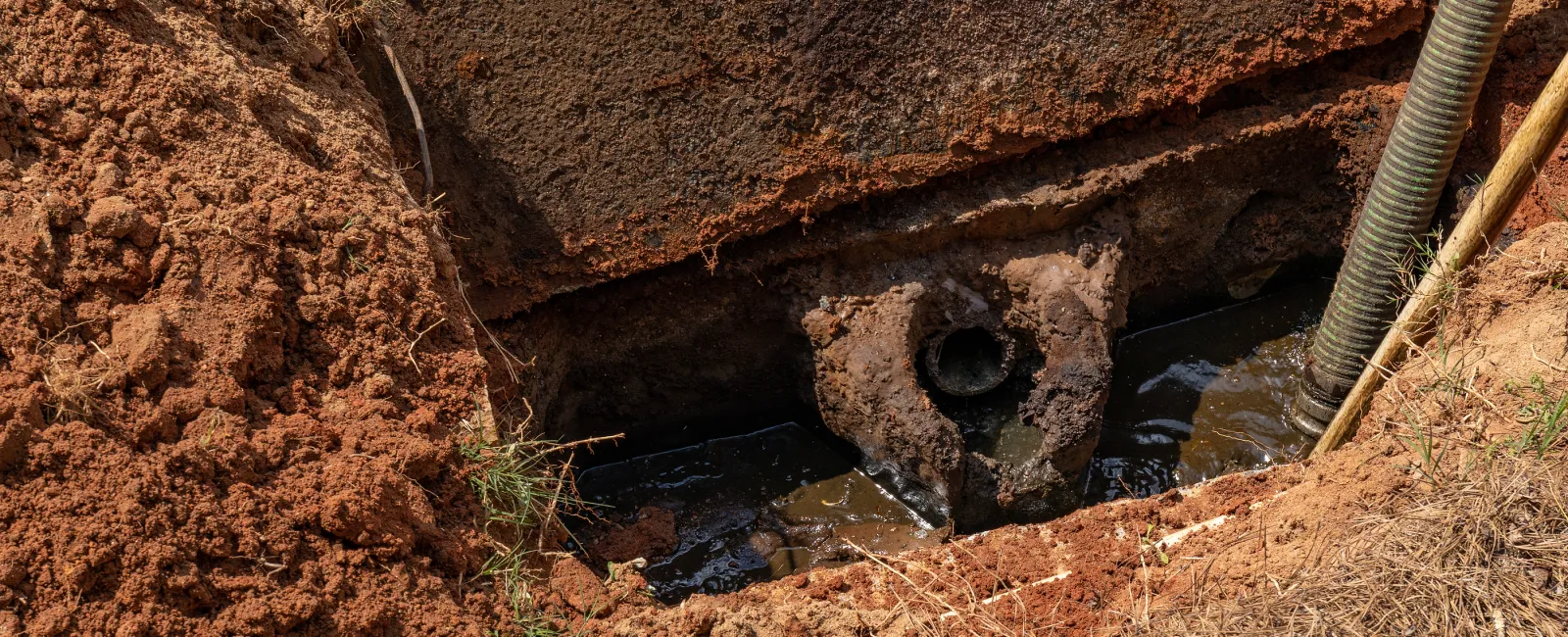We're all vaguely aware of sewage. It's in the background of our lives. You might get a whiff as you're walking the dog beside the water. When you flush the toilet, you might give it a moment's thought. But sewage systems are essential, and if something goes wrong with them, you'll soon know about it.
What is sewage?
Sewage is the collective name for many kinds of wastewater. It results from the various water uses of a community, from household waste that comes from toilets and kitchen drains, to municipal waste that comes from public laundries, libraries, and swimming pools, to large-scale waste from industry and weather runoff.
Where does the sewage go? How does it keep moving? Through sewage systems: networks of pipes, drainage systems, and treatment centers that remove sewage from public view and deal with it in a way that makes it safe and non-toxic.
Types of sewage
Sewage can be thought of in two main categories: treated and untreated. Untreated or raw sewage is waste and wastewater that is yet to go through a treatment plant. It's the stuff in your toilet pipe, the stuff you send out from your home when you flush or dispose of water. Treated sewage has been through a treatment plant. It has undergone processes to clean it of harmful bacteria before it's funneled out into bodies of water or reused for agricultural watering.
You can further categorize types of sewage systems, too. Domestic sewage, for example, includes the network of pipes that services your home and your neighbors' homes. Industrial sewage runs through factories and chemical processing areas. And there's also storm sewage, which collects excess runoff from heavy rain.
Knowing about the types of sewage systems and how they work helps us understand what can go wrong and also to understand what to do about it when that happens.
Sewage problems
What are the signs that you've got a problem with your sewage? How can you tell that you're dealing with a sewage backup? And what are some of the consequences of letting a sewage problem persist?
Sewage should be pretty inconspicuous if everything is working well. There shouldn't be any bad smells lingering; wastewater should flow and drain easily; external pipes should be clear and not spew anything nasty into your backyard.
However, if you have a sewage backup in your home, you'll know it. It may start as a less-than-pleasant smell as you use the sink—a smell like… well, sewage. Or you might notice that your drain is bubbling, with water flowing up before it drains. You might spot signs of clogs in one or more of your pipes when you see that waste might not be disappearing as you'd expect. You could also see sewage coming from your pipes outside or from those in your basement, where the waste has been forced out through the cleanout pipe because of a blockage.
The consequences of these backup problems can be, at best, inconvenient and, at worst, dangerous. Sewage exposure can quickly become a legitimate health concern. It's the reason people in medieval towns had so many health problems; exposure to sewage led to mass cases of cholera and easier transmission of plague.
Exposure-to-sewage symptoms include nausea, abdominal pain, diarrhea, and fever. These are signs of diseases like Gastroenteritis, Salmonellosis, and Campylobacteriosis. That said, if you notice that you're experiencing any of these things after noting that something with your sewage system seems off, it's best to talk with your doctor and seek the appropriate medical care.
The consequences of letting sewage backup happen are real. To prevent such problems, it's key to schedule regular plumbing and drain cleaning and to have an emergency plumber in case of a backup. If you're in the Pittsburgh area and experiencing sewage problems — or if you want to schedule preventative maintenance — we're here to help. Contact us today to get started.

